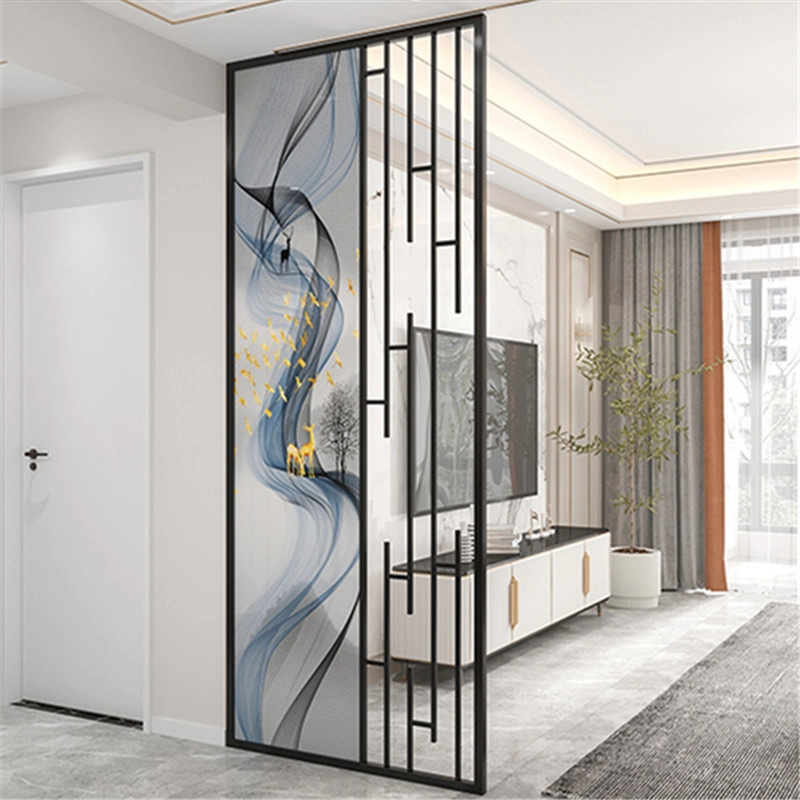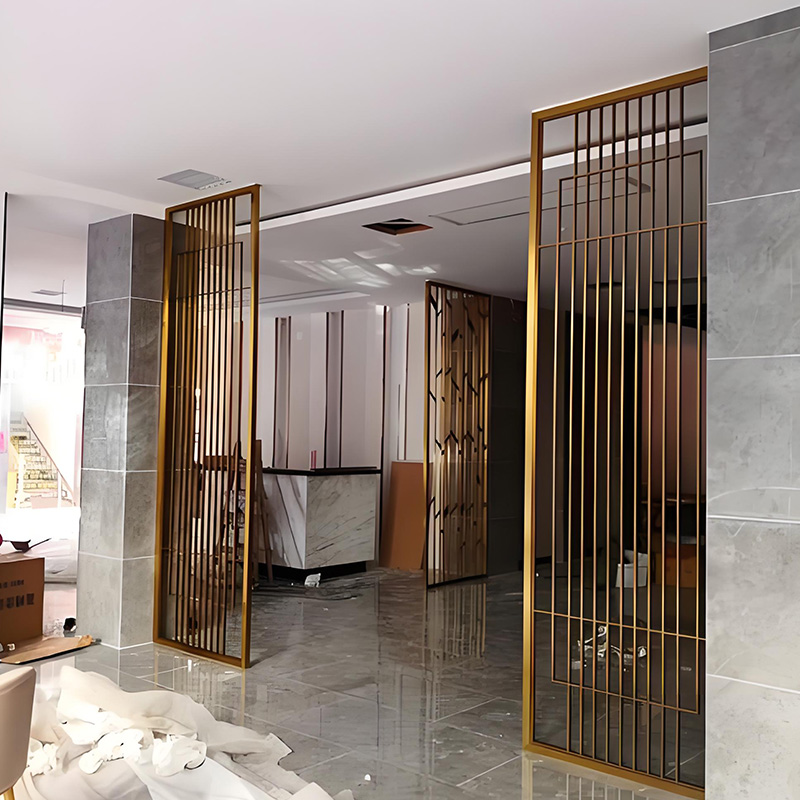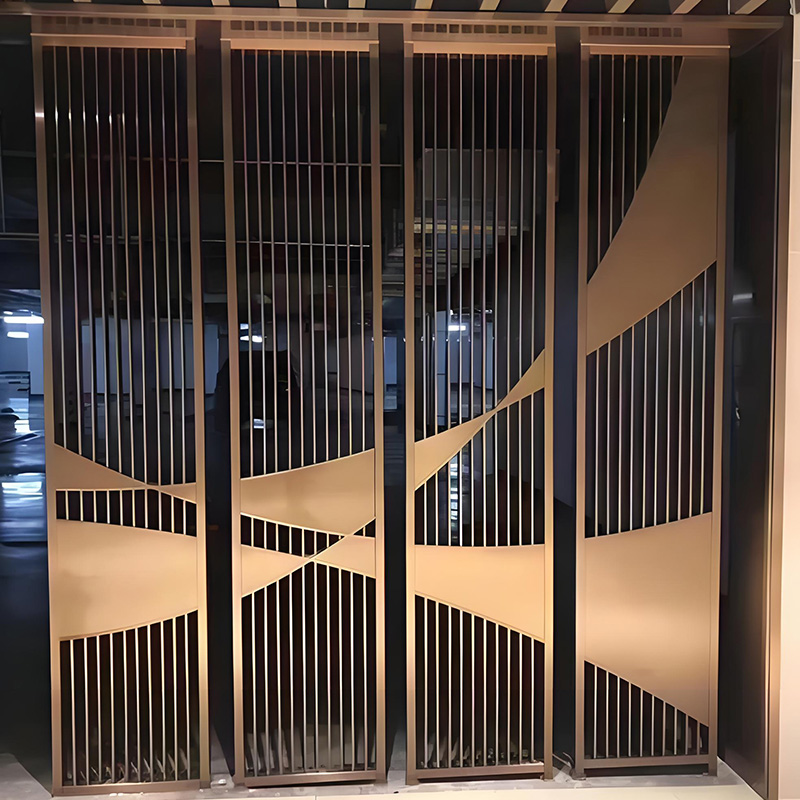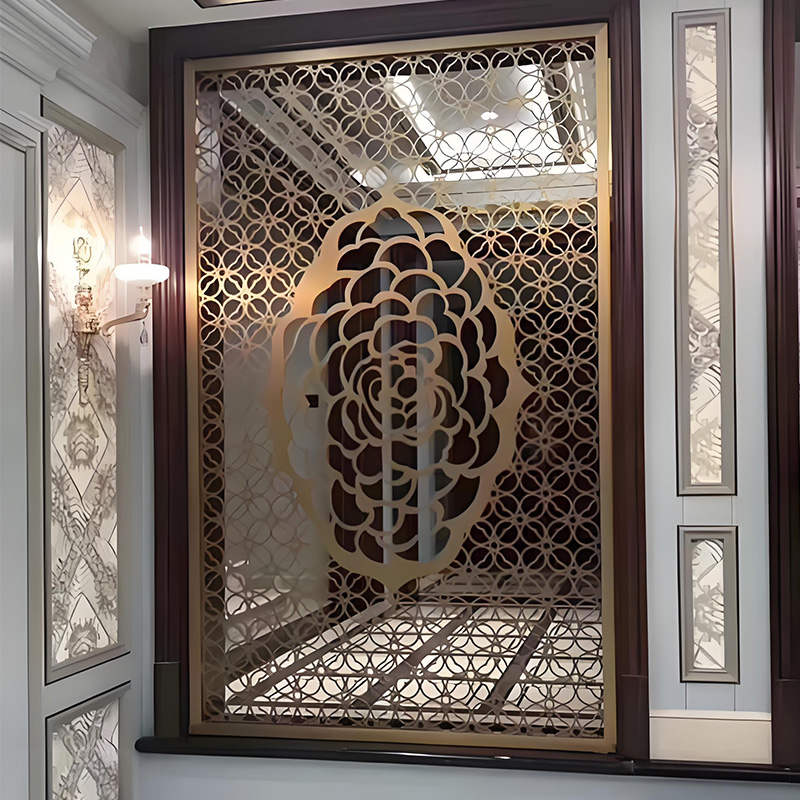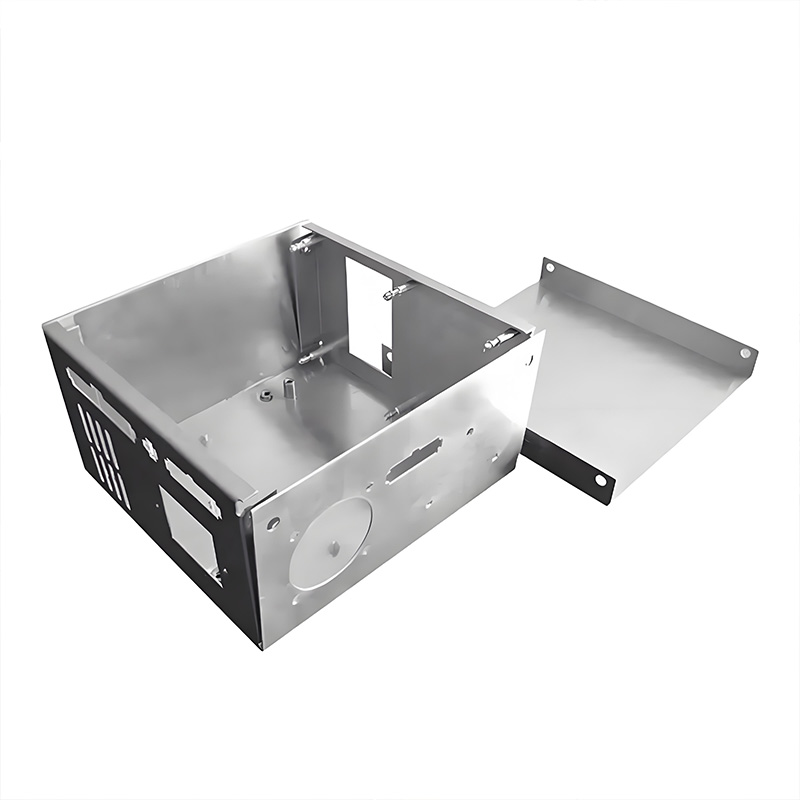Decorative Metal Panels: 10 Inspiring Ideas You Need Now
Architects and designers are rediscovering decorative metal panels as versatile solutions for modern challenges. These architectural elements combine aesthetic appeal with practical functionality, transforming ordinary spaces into extraordinary environments. From commercial facades to residential features, metal panels offer durability and design flexibility that few materials can match.
Where Aesthetics Meet Functionality
Decorative metal panels solve multiple design problems simultaneously. They provide visual interest while addressing practical needs like sun control, ventilation, and privacy. Architects appreciate how these panels can be customized to fit any project’s specific requirements.
The Problem: Boring, Inefficient Spaces
Many buildings suffer from flat, uninspired exteriors that waste energy and fail to engage viewers. Traditional materials often limit creative expression and functional performance.
The Solution: Engineered Metal Systems
Modern decorative metal panels offer patterned, perforated, or dimensional surfaces that control light, air, and views. They transform building skins into responsive environmental filters.
Case Study: Agricultural Credit of America
This California building features three-story curved zinc decorative metal panels with precisely placed perforations. The panels filter daylight while showcasing landscape views. Zinc was selected for its durability, sustainability, and recyclability – proving that beauty and performance can coexist:cite[2].
Material Showdown: Metal Panel Types Compared
Not all decorative metal panels are created equal. Here’s how popular options stack up:
| Panel Type | Best Applications | Durability | Cost Range |
|---|---|---|---|
| Perforated Metal | Sunshades, balustrades, facade screens | Excellent (25+ years) | $$ |
| Corrugated Metal | Roofing, feature walls, modern facades | Good (15-25 years) | $ |
| Cast Aluminum | Fences, garden features, decorative accents | Exceptional (30+ years) | $$$ |
Interestingly, perforated panels can reduce solar heat gain by up to 30%, significantly lowering cooling costs in warm climates:cite[2].
Installation Simplified: 5-Step Guide
Proper installation ensures your decorative metal panels perform beautifully for decades:
1. Precision Measurement & Layout
Mark support locations on structural elements using laser levels. Account for thermal expansion gaps – typically 10-15mm between panels. Measure in controlled conditions (wind ≤ level 4) for accuracy:cite[7].
2. Structural Connection System
Secure corrosion-resistant brackets to the building structure. Use welded connections or expansion bolts where no pre-set anchors exist. Verify placements within 3mm tolerance:cite[7].
3. Frame Assembly
Install vertical supports first, checking plumb with laser levels. Horizontal members follow, maintaining ≤1mm deviation between adjacent pieces. Our team’s 2025 retrofit project proved proper framing prevents 90% of future issues.
4. Panel Mounting Techniques
Attach panels using specialized clips or concealed fasteners. Allow natural hanging – never force panels into position. For curved applications like Agricultural Credit’s facade, use flexible mounting systems:cite[2].
5. Sealing & Finishing
Install backer rods in joints before applying high-grade silicone sealants. Match sealant color to panels or select contrasting tones for visual emphasis.
Critical Mistakes to Avoid
Warning: Don’t sabotage your project!
● Ignoring thermal movement: Metal expands/contracts significantly. Allow 6mm gaps at installation starts/stops
● Over-tightening fasteners: Leave 0.5-1mm space between fastener heads and panels
● Mixing incompatible metals: Aluminum and steel require isolation barriers to prevent galvanic corrosion
● Neglecting access points: Design removable sections for hidden utility connections
Design Frontiers: 3 Emerging Trends
1. Image-Perforated Storytelling
Southwestern College’s Health & Aquatics Center features perforated panels displaying ancient Mayan glyphs meaning “first,” “health,” and “cool.” At night, backlighting transforms the facade into a cultural lantern:cite[2].
2. 3D Textured Metal
Projects like Clearfork Shop use custom-stretched panels creating dimensional patterns. The technique adds depth to flat surfaces while maintaining weather resistance:cite[2].
3. Sustainable Statement Pieces
Zinc stands out for eco-projects, developing protective patinas over time while remaining 100% recyclable. At Agricultural Credit, 4,478m² of zinc panels demonstrate large-scale sustainability:cite[2].
Counterintuitively, decorative metal panels often outperform cheaper materials in lifecycle costs despite higher initial investment.
Your Project Success Checklist
- ☑ Confirmed local wind/snow load requirements
- ☑ Selected appropriate metal gauge for application (18-22 gauge typical)
- ☑ Finalized custom designs with manufacturer before production
- ☑ Verified thermal expansion gap calculations
- ☑ Ordered 10% extra material for cuts/waste
- ☑ Scheduled critical sealing during optimal weather (40-80°F ideal)
- ☑ Planned for future maintenance access
FAQs: Metal Panel Essentials
How long do decorative metal panels last?
Properly installed panels typically last 25-40 years depending on material. Zinc and aluminum naturally resist corrosion, while powder-coated steel offers 15-25 years before refinishing. Regular cleaning maintains appearance and longevity.
Can metal panels be used indoors?
Absolutely! Perforated acoustic panels reduce noise in offices, while decorative screens create stunning room dividers. Lighter gauges (22-26) work well for interior applications.
Are custom designs expensive?
Surprisingly, customization adds only 15-30% over standard panels. Digital fabrication enables economical small batches. For budget projects, combine stock patterns in creative layouts.
How eco-friendly are metal panels?
Extremely sustainable: most contain recycled content and remain fully recyclable. Cool metal roofing options can reduce urban heat island effect. Zinc panels actually clean the air as they weather!
From functional facades to artistic installations, decorative metal panels offer transformative potential. Their blend of engineering precision and artistic expression creates buildings that perform as brilliantly as they look. Whether selecting standard patterns or custom designs, these solutions elevate ordinary projects into extraordinary landmarks.
Explore innovative decorative metal panels for your next project.
